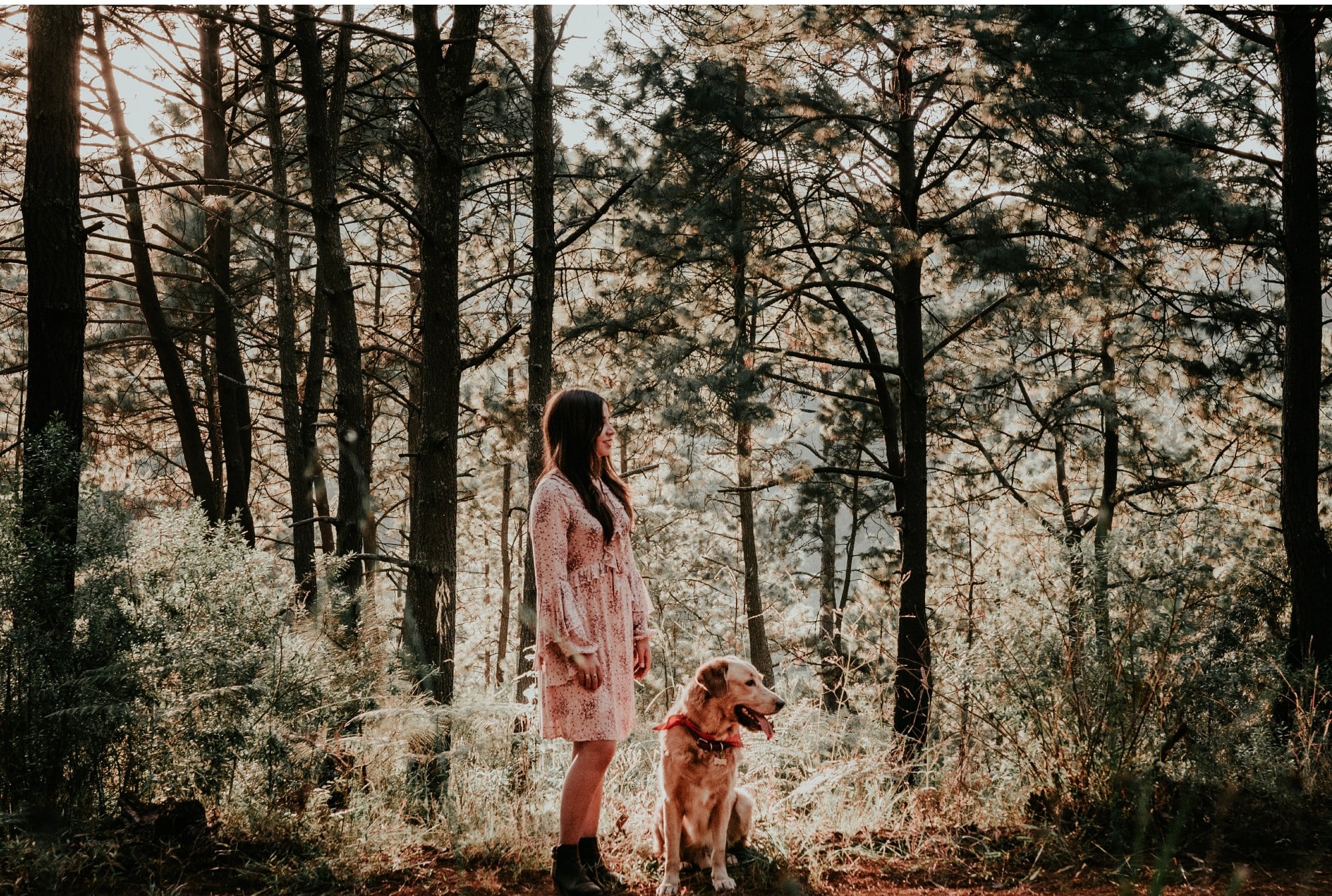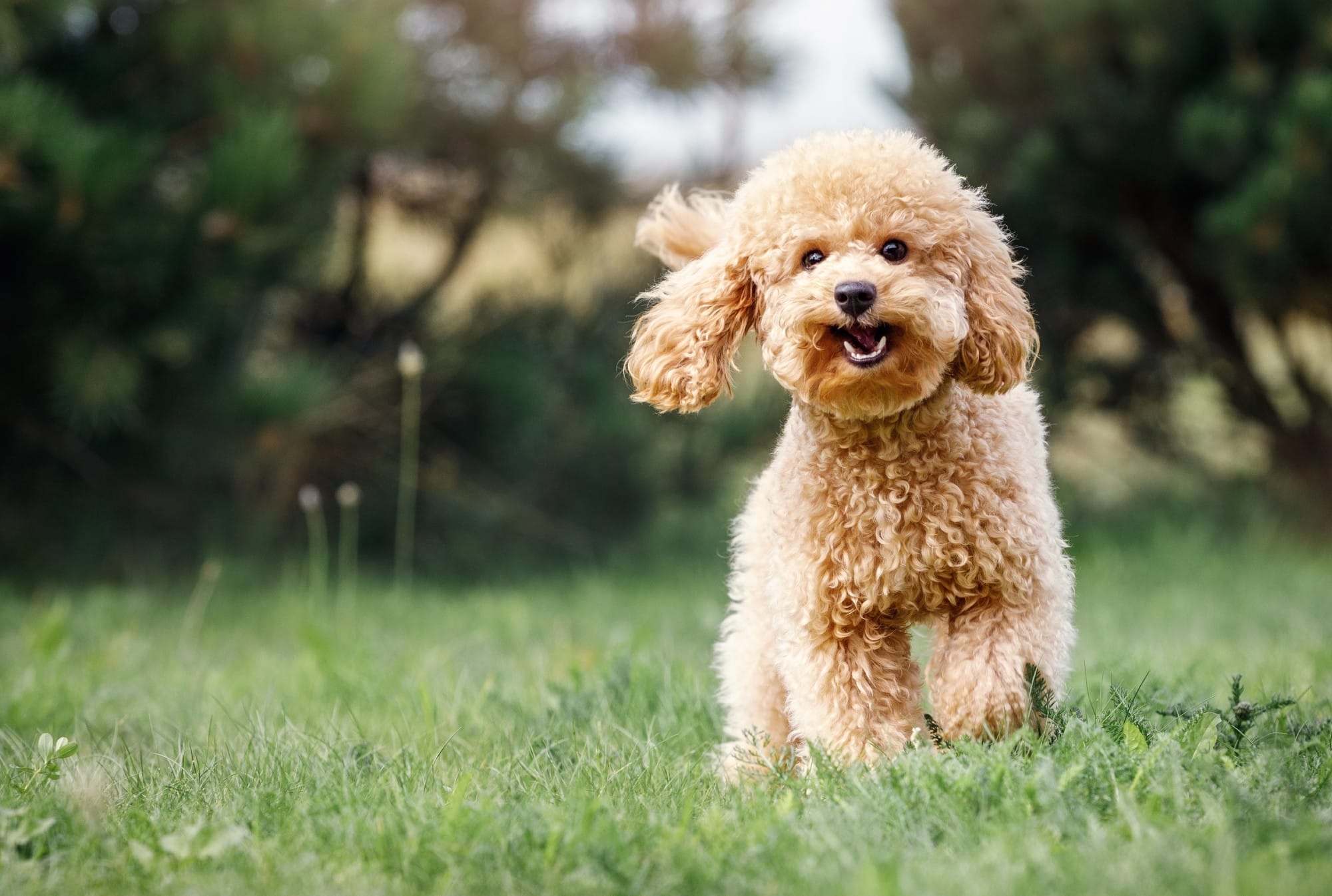Dogs have two ways of communicating with humans. They use body language and vocalizations. If you really want to understand what your pup is trying to tell you, you need to be conversant in both languages.
To bone up on your body language, see our Complete Guide to Reading Your Dog’s Body Language. It’s important to know about a dog’s general body language because sounds like a bark can mean different things; the dog’s body will tell you whether that bark means he wants to play or he wants you to back off.
“The reason for any dog behavior is complex,” says Lauren Novack, certified dog behavior consultant at Behavior Vets in New York City. “We must take into account genetic predisposition, learning history and current environmental context. If you’re not sure what a particular vocalization means, looking at both the environmental context and your pup’s body language can help you translate.”
For each sound, you should listen to the volume, the tone, the duration, the situation and rely on your knowledge of your individual dog. Also, bear in mind that breed tends to come into play, even when it really shouldn’t. For example, the bark of a large German Shepherd may be perceived as frightening because it’s lower in pitch and louder than the bark of a small breed like a Yorkshire Terrier — but that doesn’t mean that the shepherd is barking to scare you. It’s just the pitch of the breed’s bark.
Let’s take a look at the types of sounds dogs make — and what they can mean.
Barking
While most dogs bark, they bark for many different reasons. Dogs bark when playing, as an alert and as a warning. They bark from fear and distress and excitement. They sometimes bark from boredom. It’s up to their people to figure out the reasons they’re barking — and to hopefully respond in an appropriate manner.
“When assessing canine vocalization, pitch is a very informative variable,” explains Novack. “In general, low-pitched vocalizations are distance-increasing (go away) and high-pitched vocalizations are distance-decreasing (come closer).” For example, she says, the high-pitched bark of a puppy in a crate, along with whining and whimpering, is a call for you to come back and let them out. “Compare that sound to the low-pitched barks a guard dog emits when a person enters their home. Once the person is recognized, the bark often raises in pitch to mid-range, indicating recognition and excitement.”
By observing your own dog’s body language and the situation and/or environment, you will learn to understand what your dog’s barks mean. In general, according to a study by Sophia Yin, DVM, low-pitched barks with a harsh tone and little variation in pitch or volume indicates a “disturbance,” whether that’s someone at the door or some kind of perceived threat. Sometimes, these barks are so loud and frequent that Yin refers to them as “superbarks.”
Higher-pitched barking with more tonal and frequency changes may indicate what Yin calls an “isolation bark,” when the dog is left alone, for example. This type of bark often occurs as one single bark at a time (a little like yelling, “Hey!”). A play bark is similar in pitch to the isolation bark, but play barks occur in clusters.
Related: Is That Dog You Want to Adopt Aggressive or Just Fearful? How to Tell the Difference.
Kayla Fratt, certified dog behavior consultant at Journey Dog Training, uses “the ABCs of behavior analysis” to determine the meaning of an individual dog’s bark. This refers to the Antecedent, the Behavior and the Consequence. You have to look at what happened right before the dog barked (the antecedent), what his behavior and body language indicate, and then what happened right after the dog barked (the consequence).
For example, she says, if the dogs are playing, and one or both dogs bark, but the dogs continue playing with relaxed and happy body language, we can assume that it was a play bark. “But it’s a very different type of bark if the antecedent is that the dogs are playing, and then the dog barks, and then he nips at his playmate and then the play stops or escalates into a fight.” By observing your dog’s body language in both situations, you will be able to read the signs before any negative consequences occur.
Baying and Howling
Some breeds of dogs, including beagles and hounds, make a long, prolonged sound that is called “baying.” These dogs were bred to produce this sound to be used in hunting, when they chase, find and keep the prey in one place, or “at bay” until the hunter arrives. The baying sound gets more intense and louder the closer the dogs get to their prey. These breeds are actually called Bay Dogs.
Howling is more of a continuous wailing sound that remains at the same volume. Wolves use it in the wild to call to other wolves as a way to gather the pack together. In dogs, howling is often a response to a loud sound, like a siren, musical instruments or even when their humans howl (you know, we have all done it).
Of course, these breeds of dogs are more often living as pets in a home, but the sound they make still remains. “Dogs are genetically modified organisms, meaning that over time humans have bred dogs whose behaviors they found useful,” says Novack. “Now that we’re keeping working dogs as companion animals, those behaviors – like alert barking or baying — are still elicited by the environment but are not always welcome.”
Growling
Growling is a low-pitched continuous rumble that is most often a warning. If the warning is not heeded, growling may turn into aggressive behaviors.
“A low growl – often accompanied by stillness, a lowered head, and a lifted lip — means ‘back off,'” says Novack. If the warning is ignored, the behavior may turn into aggression. Signs include the ears back and flattened to the skull, curled lip and bared teeth, raised hair on the neck and back, and the body upright and stiff.
However, dogs also growl sometimes when playing. For example, if you play tug-of-war with a dog and his toy, the dog often emits a “happy” play growl. The same thing happens when two dogs are play-wrestling. In this case, you will notice relaxed body language, such as the ears in their normal position or slightly forward and the tail raised and wagging. You might also notice the “play bow” position with the front legs extended like the dog is about to lie down and the butt in the air.
Dogs also growl sometimes if they’re in pain or they’re frustrated. For pain, you’ll hear the growl when you touch a specific area. If a dog is frustrated because he wants to go out, he may growl for attention and to express his frustration, but you won’t see any aggressive body language.
Whining
A dog whine is a high-pitched sound made with the mouth closed. It usually means the dogs wants something, such as a toy that’s stuck under something, or food or to go outside. A whine can also indicate frustration, anxiety, stress or simply that the dog wants attention.
“It’s very dependent on the individual dog,” says Fratt. Does he want food? Does he want to play? Does he want you to open a door? “Usually if you start trying to think of it in that context, you can figure out what they’re looking for relatively easily.” Just be aware that if your dog whines when he wants a treat, for example, and every time you give him one, you are reinforcing the behavior.
Yelping and Groaning
These sounds often indicate that a dog is in pain. A dog yelps when the pain is sudden or when the dog is suddenly frightened. For example, if you step on your dog’s tail, or another dog bites too hard during play, a yelp is a common reaction.
Groaning often indicates discomfort or an aching kind of pain, says Fratt. “I do a lot of outdoor activities together with my dog. He’s a fairly non-vocal dog, so I find that he generally only groans when he’s sore. It’s a sign of discomfort.”
Related: 5 Signs Your Dog Is Depressed – and How Can You Help
Dogs that are older sometimes groan when they lay down or get up. This can be a sign of a number of age-related diseases including joint conditions like arthritis. Ascites, a disease that causes a buildup of fluid in the abdomen, causes dogs to groan when they lay down.
Sighing
“I have never heard a dog sigh who was not relaxed and content,” says Novack. Dogs often sigh as they are settling down for a nap, or when they’re curling up next to you on the couch or in your lap. Sighing in dogs usually indicates contentment.
Less typically, a dog may sigh in disappointment. Maybe he’s been trying and trying to get you to throw that ball, but you’re working on your computer. He gives up, plops down on the rug, and sighs loudly. He means, “Mom, I’m not hurt — I’m disappointed.” We’ve all been there.
Humans are an extremely vocal species; dogs are not. Among themselves, dogs have a host of non-vocal ways to communicate.
“Humans often aren’t great at deciphering the vocalizations of animals,” says Fratt. “It’s easier for us to look at the situation and what happens after the vocalization, and the body language.”
If you want to understand what your dog is saying, look at body language, the environment and the situation before and after the dog’s sound. If you’re willing to pay attention, you’ll soon be able to decode your dog’s language.
Related: How to Deal With an Anxious Dog




















